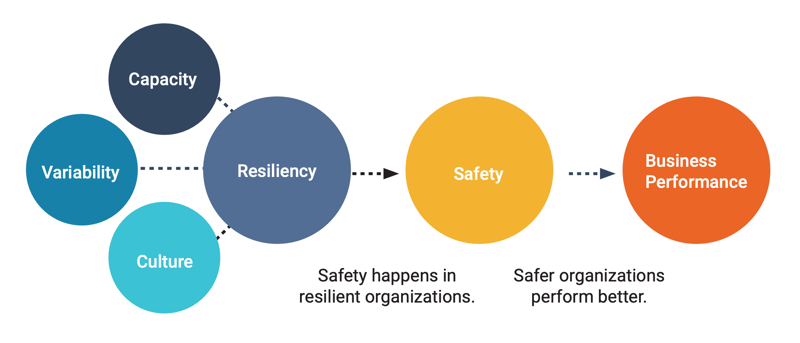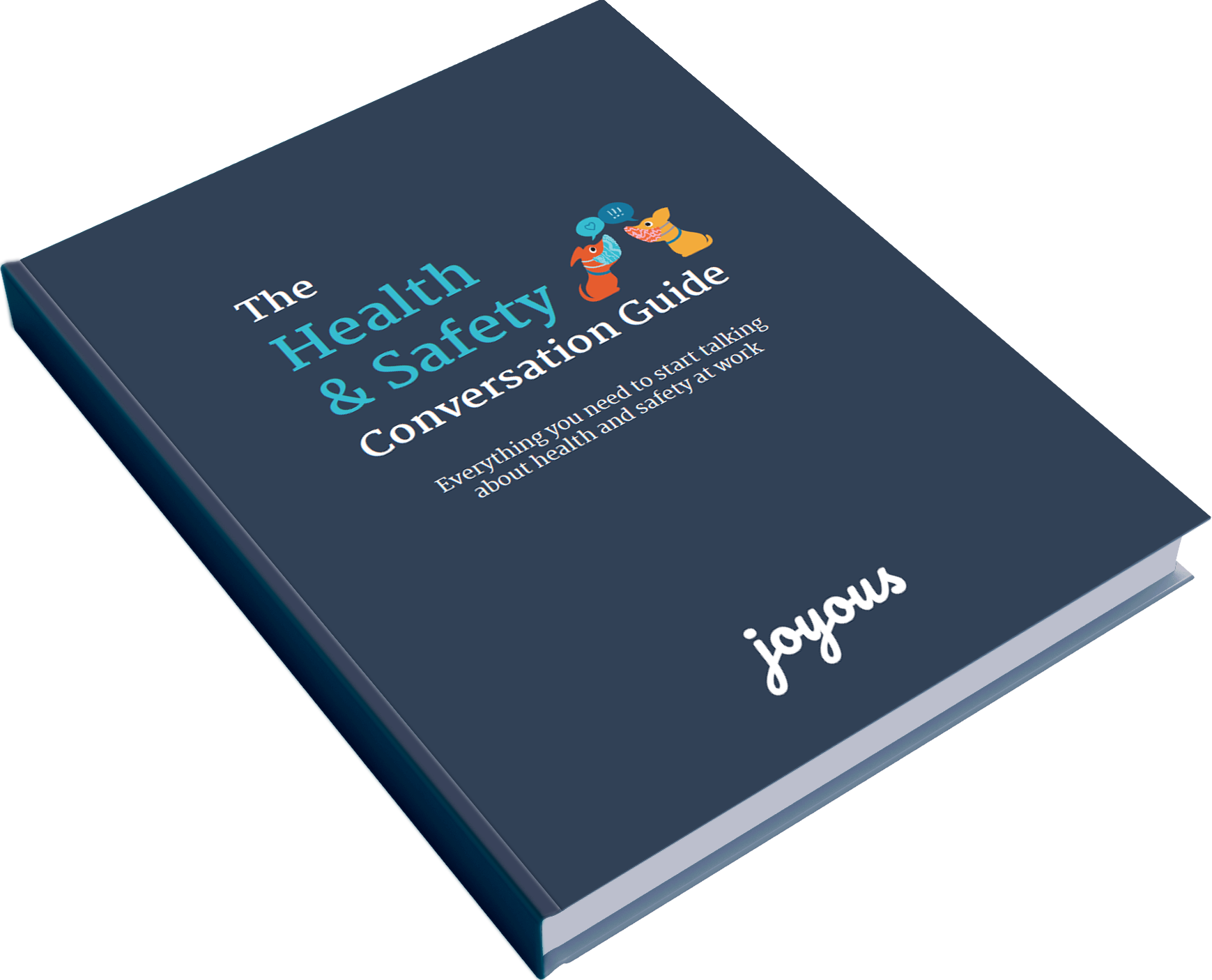Download The Employee Health and Safety Question Guide
Everything you need to start talking with employees about workplace health and safety.
Scientifically Structured Questions.
Go beyond collecting feedback and turn results into actions.

Gathering employee feedback requires asking questions. But what if asking questions changes the very thing we are trying to understand? That’s exactly what happens. And it’s not a bad thing. In fact it’s a huge opportunity because the questions themselves can be subtle but powerful change agents.
For example. If you ask people about safety at work, they will think about safety at work, and may act more safely. So questions need to both stimulate feedback and provide an example of desirable behaviour. All questions are in very simple language. Simple language is more inclusive; it is less open to misinterpretation; and everyone reads it faster.
Capacity
The risk of things going wrong is much higher when people are overstretched so it is important that the capacity exists to get the work done well and safely - the workload is reasonable, time is used efficiently, and people have access to the right tools and support.
Variability
Human beings will naturally adapt their behaviour to changing conditions, and that should be a good thing. Their employer should help them adapt in ways that make them safer by anticipating changing conditions and what trade- offs might be needed and being deliberate in their planning so that surprises are less disruptive.
Culture
Procedures are essential to safety. But procedures that are disconnected from 'work-as-done' are of little value and can lead to people being cynical about safety. It is important that the people doing the work are motivated to contribute and involved in the process and that leaders are well- informed and encourage honest communication.
The Model
Safer organisations perform better. But safer organisations don’t occur by focusing on hazards and incidents. Safety is a natural consequence of focusing on resiliency.
At the core of The Safety Feedback Loop is our model of Resiliency, which we break down into three Realms. These realms group the behaviours that have the most impact on Resiliency.
The realms are Capacity, Variability and Culture.

The Employee Health and Safety Feedback Guide gives you free-to-use, research-backed question sets to measure safety readiness and encourage immediate improvements.
Questions are carefully structured to make feedback easy to act on and to help you measure how day-to-day changes affect safety.



